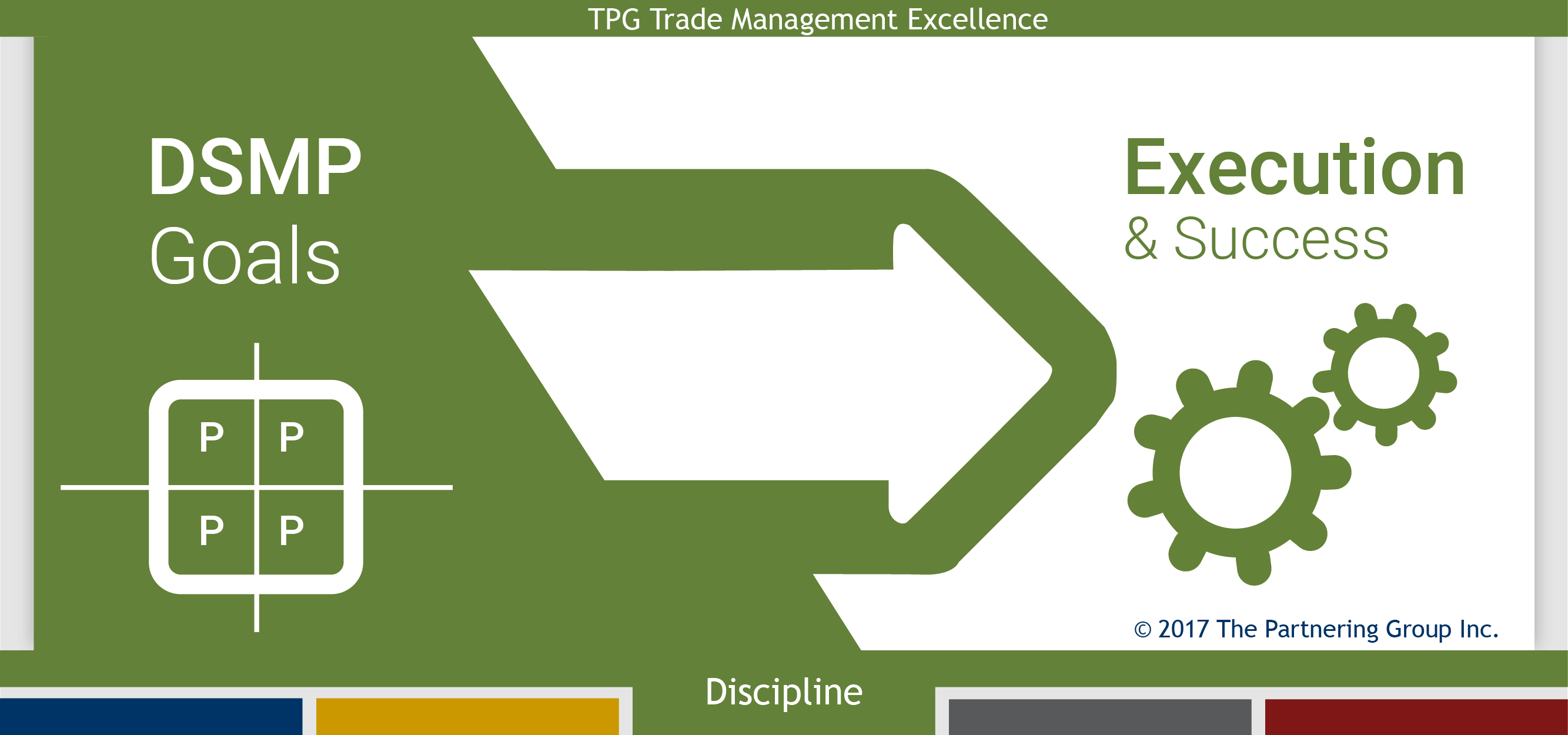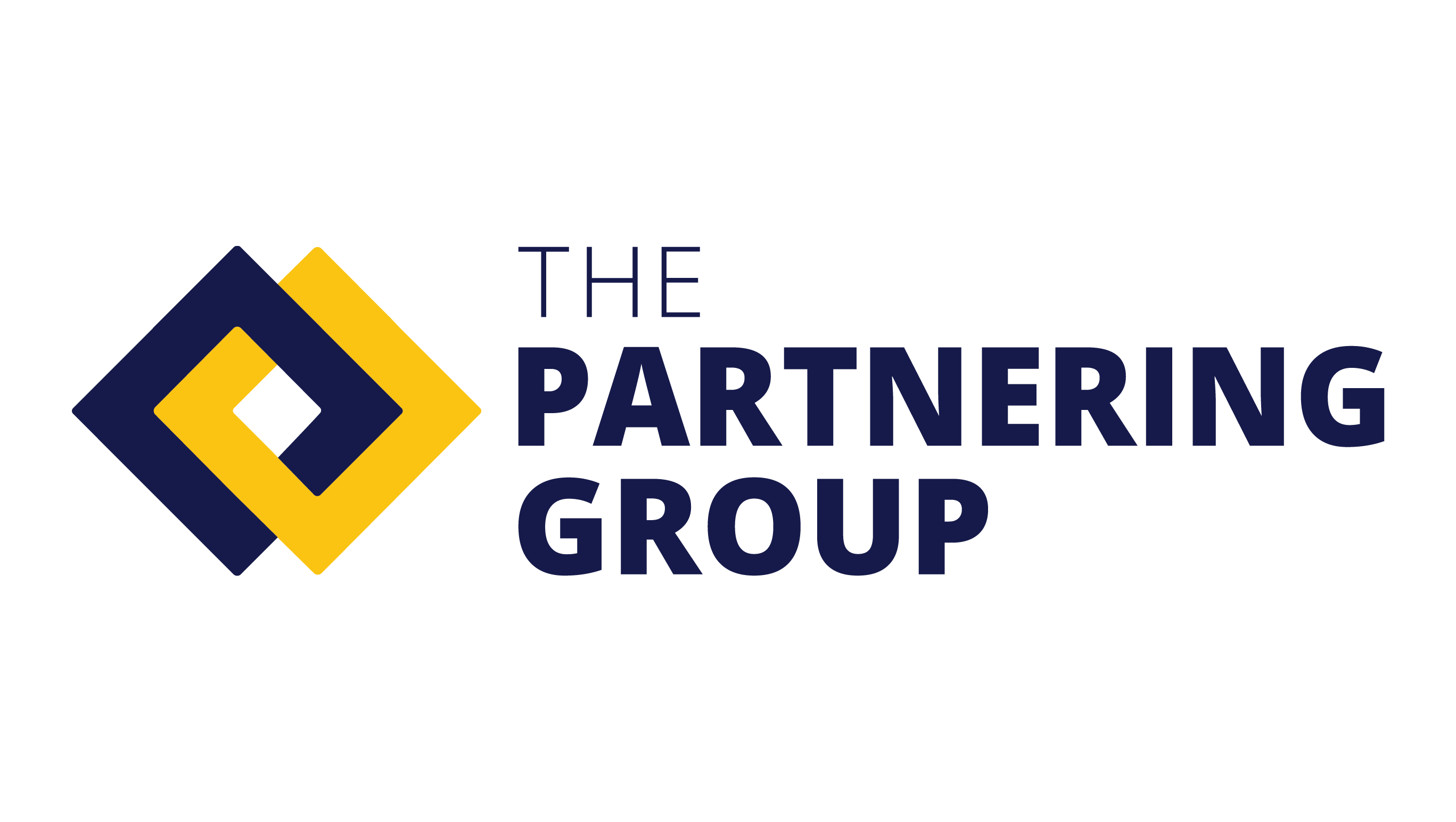- June 21, 2017
- Posted by: tpgstaging
- Category: Blog


By: Don Baker, Andy Buteux and John Wildman
WHAT DO WE MEAN when we pursue Compliance or Consensus relative to Trade Investment Management? We cannot teach anything more crucial than this. Compliance (a.k.a., Consensus) is where Strategic and Executional excellence converge.
We define the Compliance process as the set of actions that companies take to ensure that they are adhering to Strategic direction, to detect and monitor execution, and to measure how well it is working.
To clarify further: Companies go to great effort to establish direction for planning. They can be called; 4 P’s direction, Sales Playbook, DSMP (Distribution, Shelving, Merchandising and Pricing) or some other such term. What we see quite often is that companies don’t maintain a systematic practice for measuring success.
Strategy often falls at the feet of poor execution…
and most companies don’t even know that this is the reason!
Earlier in this series, we addressed the need for setting a solid strategy – with solid underpinnings from quality insights – so that the strategic platform can be defended to the customer. Let’s take a high-level look at how this can happen.
Key Questions
Here are some common Compliance questions that should be asked and answered on a frequent basis. A monthly cross-functional team meeting is a good idea.
- Are customers paying on time? What is our average Days Sales Outstanding?
- Is our everyday pricing direction being followed with respect to:
- Absolute Price Point?
- Gap to competition?
- Retailer margin?
- Dead Net Unit cost (for deviated pricing)?
- Is our promotional direction being followed with respect to:
- Pricing/Discounts?
- Dead Nets?
- Internal Gross Margin, ROI or Cost Per Incremental?
- Tactics?
- Time of year?
- Are spending guidelines being adhered to?
- Are contracts being completed correctly? Is it specific enough for performance?
There are many more issues that could or should be monitored, but the exact questions are often less important than the commitment to systematically monitor the answers.
With the facts in hand, team members should deal with the findings from two perspectives: First, address any executional issues and get them in line. Then, consider ineffective strategy and make changes.
Action Bias
Within this process, clear roles and responsibilities should be defined for your experts in Marketing, Trade, Category Management, Analytics, Sales, Supply Chain, and Finance. Each role should have a deliverable to the meeting and a responsibility to follow through.
We strongly advocate an Action Bias, with real inputs and outputs. And the meeting should have high visibility. This why we identify Price and Promotion Consensus as an essential companion to the S&OP process. The outputs of this meeting should serve as qualitative commentary for the sales number that comes from the trade system.
_________
Author’s Note: This article is the fifth of a TPG series on Trade Management Excellence. Find the previous post here: Importance of Process, Policy, Data Management and Systems. Next up – Use Analytics to Help Solve the Everyday Price Dilemma.
© 2017 The Partnering Group, Inc.
